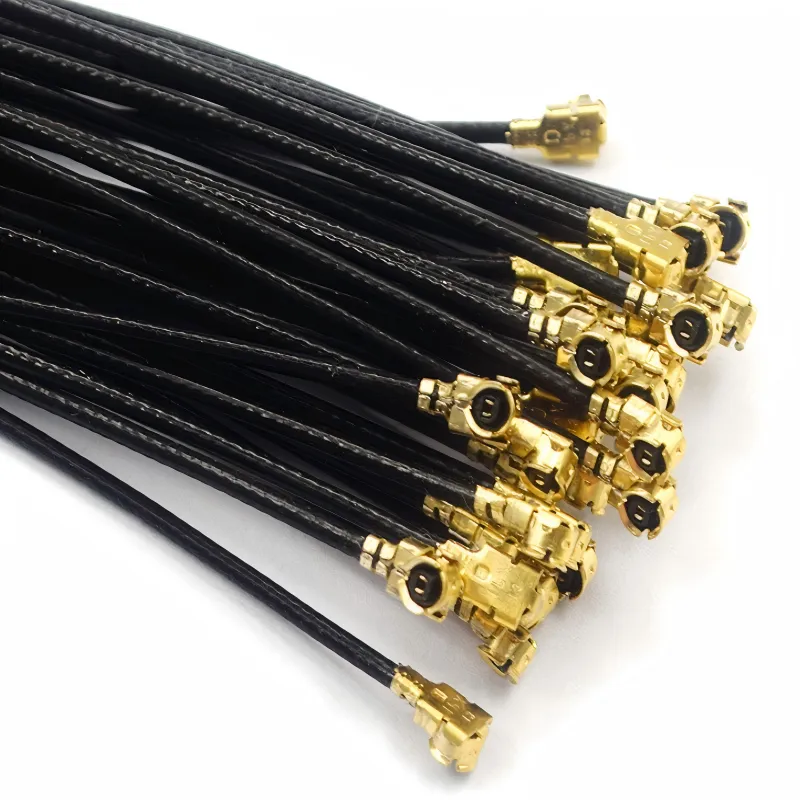Omnidirectional Wi-Fi Antenna Selection and Coverage Optimization
When engineers talk about Wi-Fi coverage, most picture a perfect sphere of signal radiating evenly from the router. In the real world, that ideal bubble rarely exists. Walls absorb, metal reflects, and long cables steal away precious dBs. Picking the right omnidirectional Wi-Fi antenna isn’t about chasing gain; it’s about finding the balance between form, connector, and placement so your network holds steady when conditions get messy.












